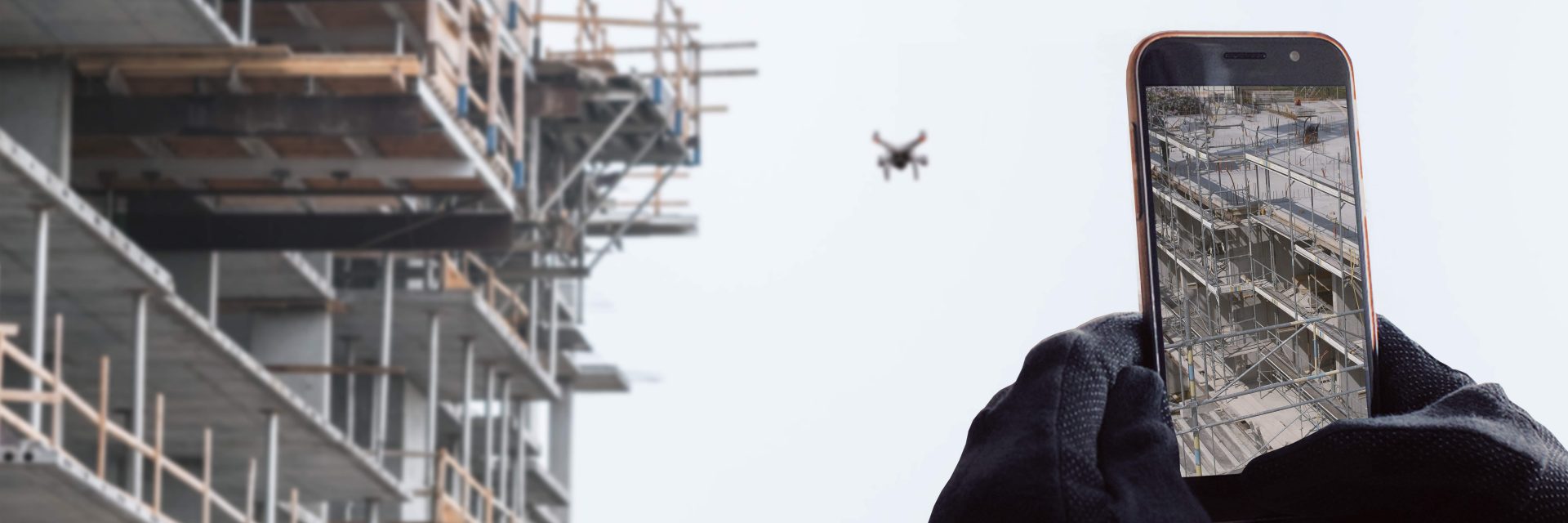5. self-healing concrete - how does it work?
On a construction site, there’s a minimal chance that you wouldn’t come across concrete. It’s a fantastic material, with multiple uses, however it can deteriorate over time; drying out and cracking as it grows weaker over the years. Considering it is one of the most extensively used products in the industry, this idea of an ‘advanced material’ is a giant step which could see a lot of time saved.
The premise is that self-healing concrete heals itself when it meets the air, the water that is then mixed produces the outer protective layer. It’s been predicted that by 2030 we'll be using 5 billion metric tonnes of this advanced material throughout the industry. Therefore, who knows if self-healing concrete could be making an appearance on roads, buildings and homes near you soon.
Finally, it’s evident that the engineering and construction industry plays an integral role in building the future of the modern world and so, seeing the potential of these trends is an eye opener of what’s to come. And, as we move towards the next dramatic shift in technology, it’s reassuring that this industry may not be as behind as previously perceived.

